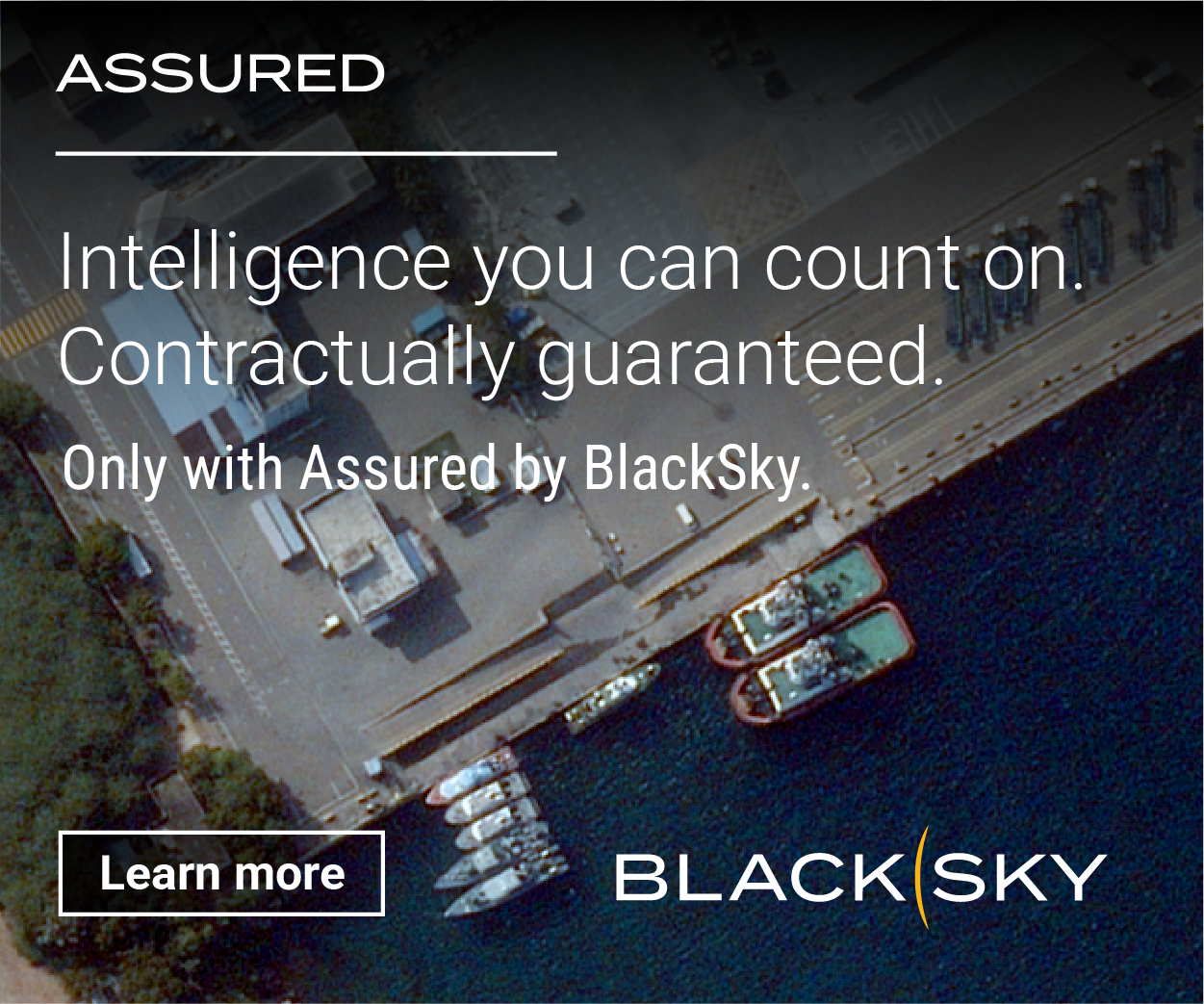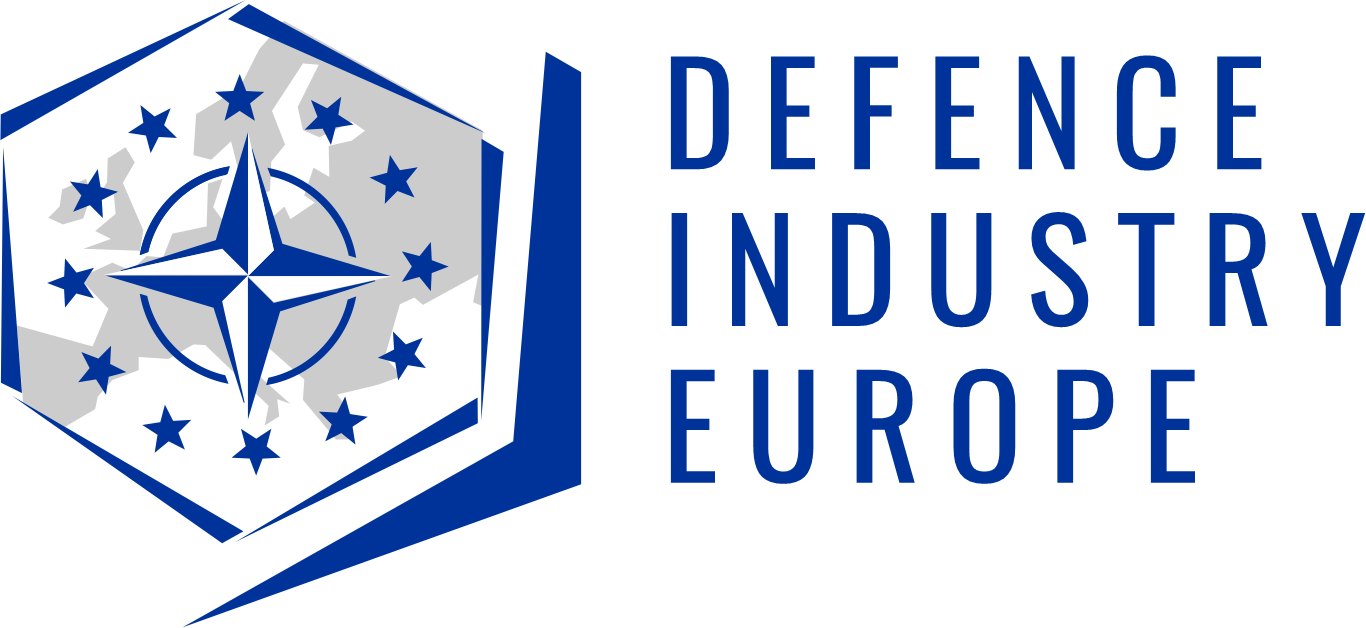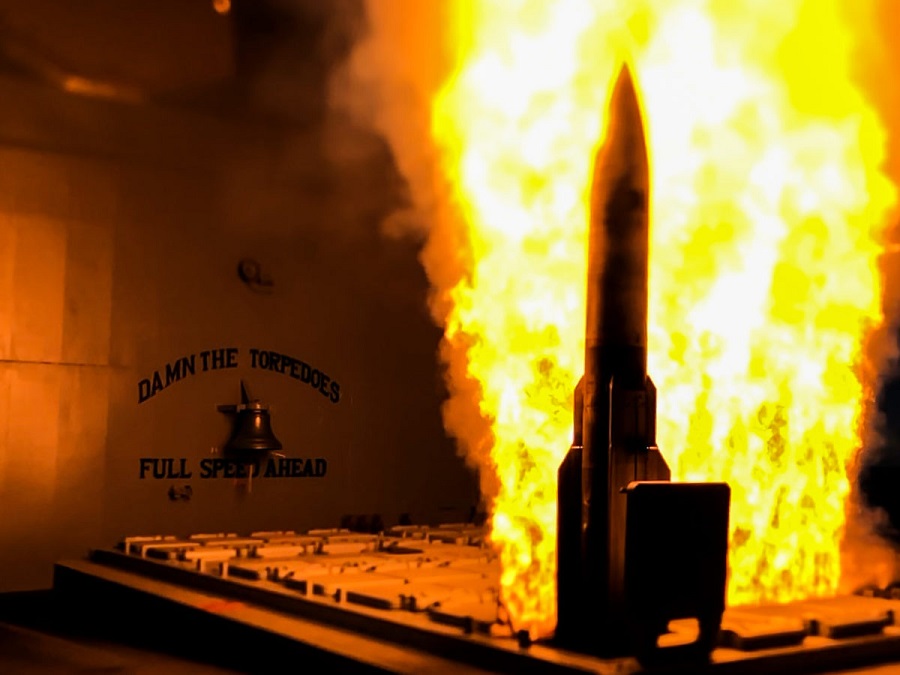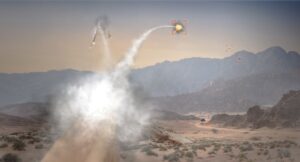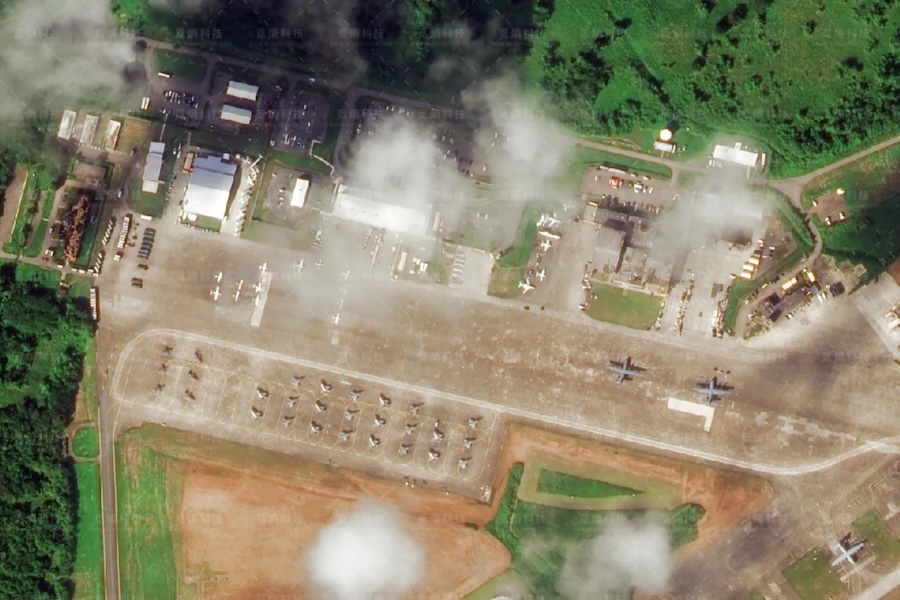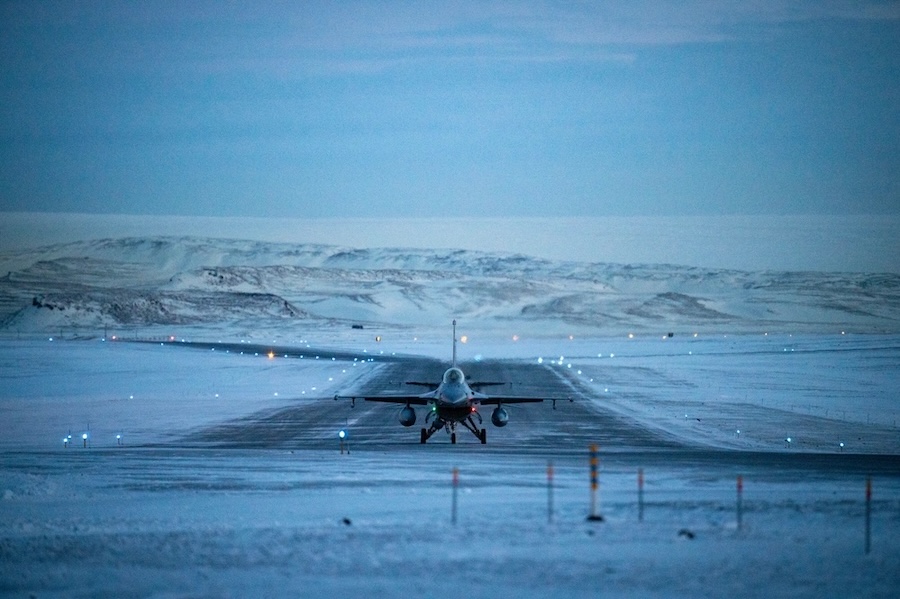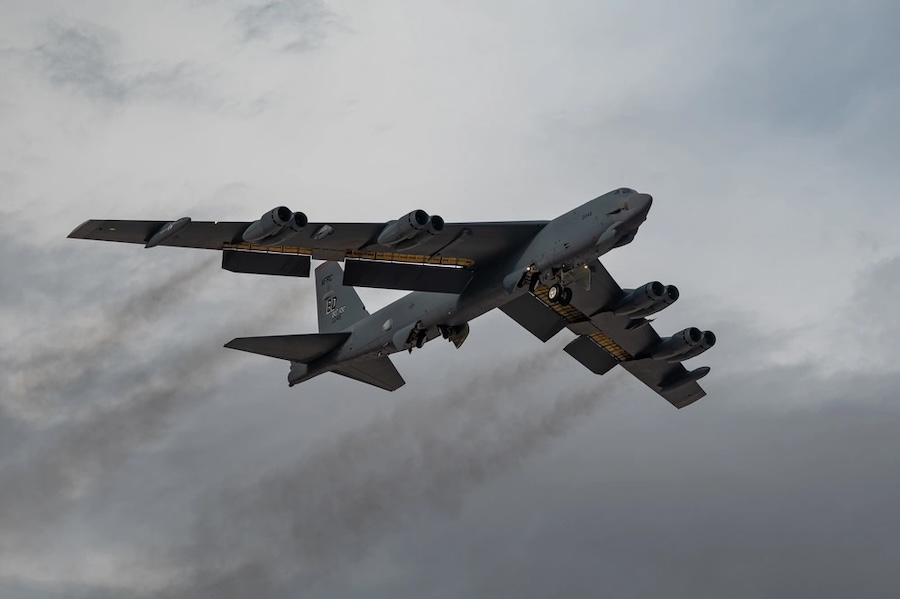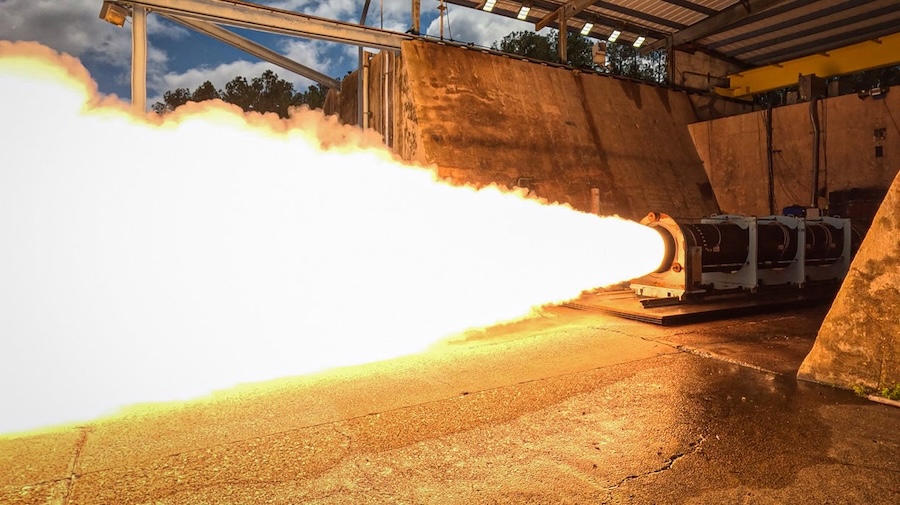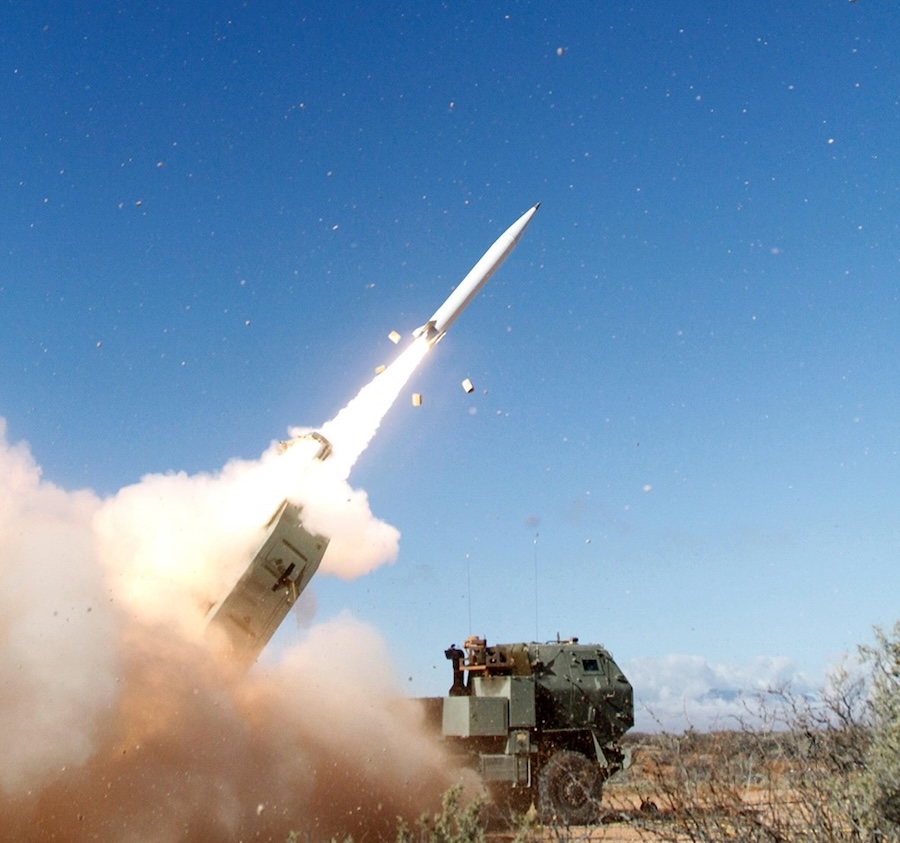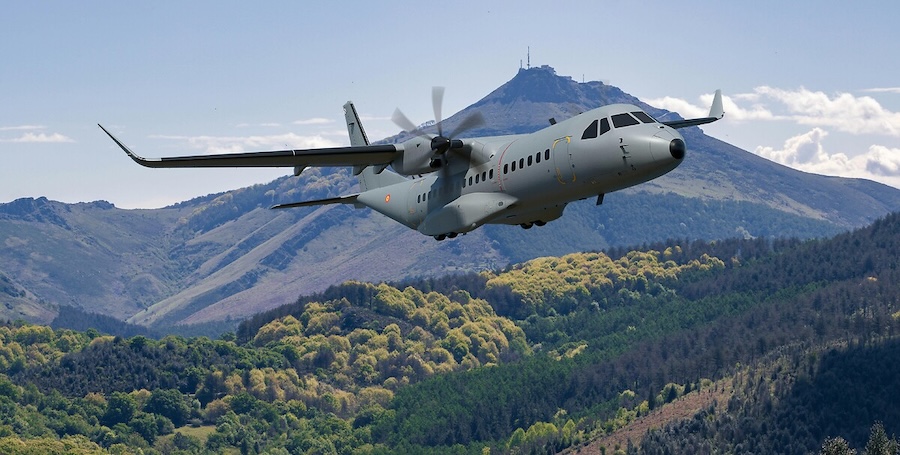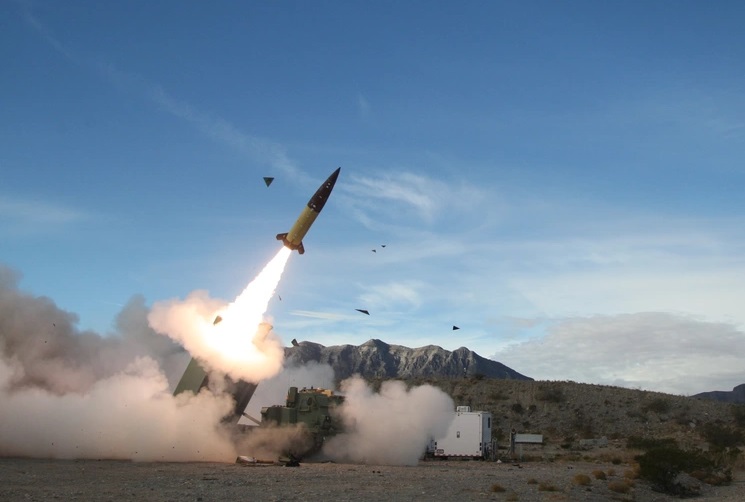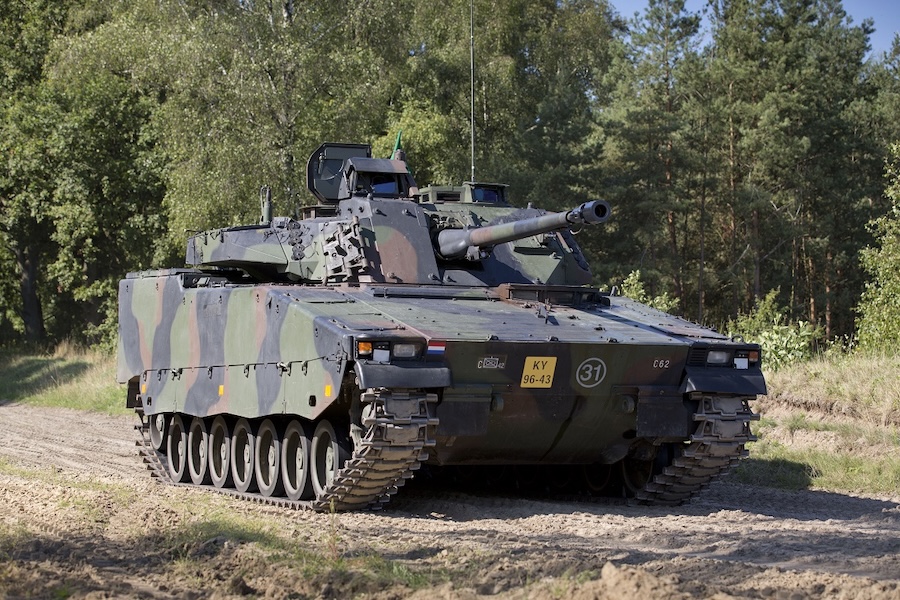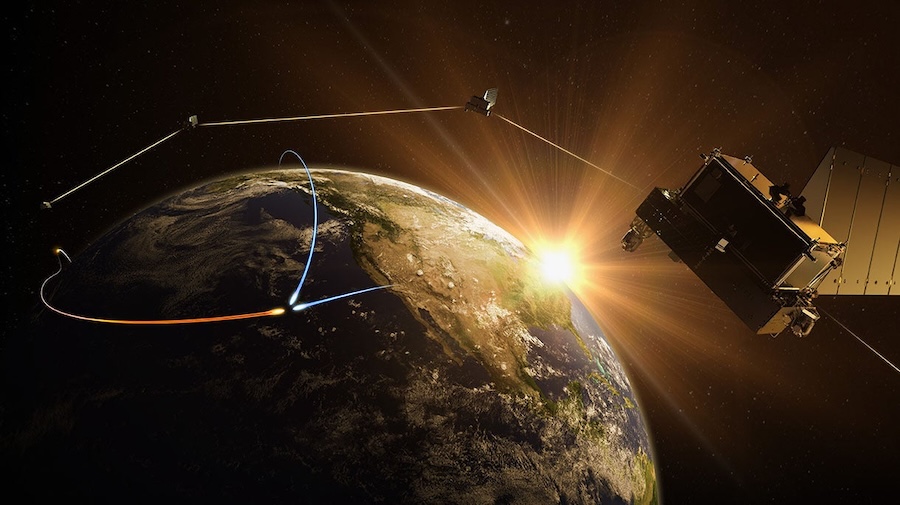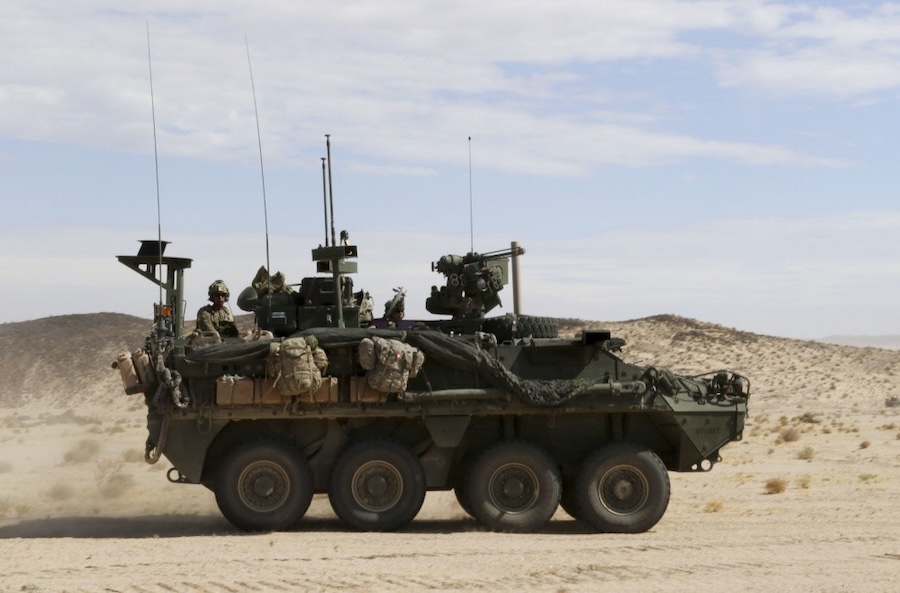According to the Department of Defense, approximately 72% of the work will be carried out at Raytheon’s facilities in Tucson, Arizona. Additional work will take place in Simsbury, Connecticut (7%), Wolverhampton, United Kingdom (3%), Salt Lake City, Utah (3%), and other U.S. locations in smaller portions.
The SM-2 missile is described by Raytheon as “the world’s premier surface-to-air defense weapon” and is a primary weapon for the U.S. Navy. It defends against anti-ship missiles and aircraft out to 90 nautical miles and an altitude of 65,000 feet.
The SM-2 missile is a cornerstone of a ship’s layered defense, providing firepower against high-speed, highly manoeuvrable anti-ship missiles and aircraft. It can be launched from the MK-41 Vertical Launcher System (VLS) and the MK-57 Advanced VLS, and will remain a primary anti-air warfare effector for U.S. Navy Aegis destroyers and cruisers for several more decades.
Variants of the SM-2 effector include radar-seeker technologies in continuous wave and interrupted continuous wave guidance modes, tail controls, and solid rocket motor propulsion. These enable engagement of high-speed manoeuvring threats, supported by updated radar targeting and directional warheads.
More than 12,000 SM-2 missiles have been delivered to the U.S. and allied customers. International operators include Australia, Canada, Germany, Japan, Korea, Netherlands, Spain, and Taiwan, with Chile and Denmark becoming the newest SM-2 customers.
In 2020, Raytheon and the U.S. Navy successfully flight tested the first SM-2 missile from the restarted production line. The missile launched, flew, and provided accurate telemetry data to the range, engaging an airborne Navy target.
The SM-2 missile has an extensive flight test record with more than 2,800 successful tests. The U.S. Navy confirmed it fired SM-2 missiles in early 2024 to intercept anti-ship missiles and drones in the Red Sea, defending against Houthi rebel attacks targeting commercial vessels transiting the waterway.
